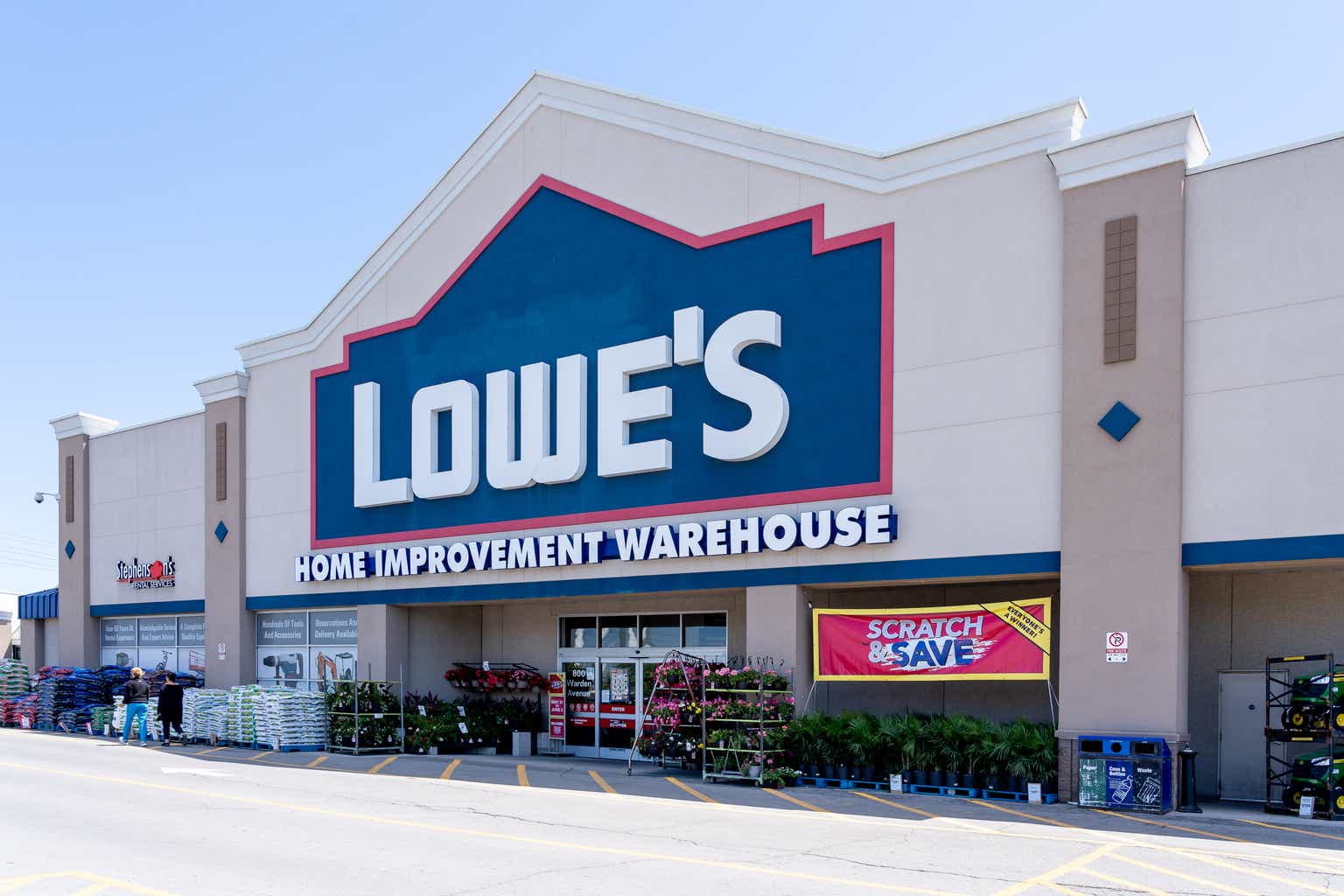Home Improvement Giant Lowe's Navigates Turbulent Market Waters

Lowe's Navigates Challenging Retail Landscape Amid Economic Pressures
Home improvement giant Lowe's is currently wrestling with a perfect storm of economic challenges that are testing the company's resilience. Persistent inflation, elevated interest rates, and intensifying market competition are creating significant headwinds for the retailer's financial performance.
The current economic environment is squeezing consumer spending, particularly in the home improvement sector. Rising costs and mortgage rates are making homeowners and potential buyers more cautious about discretionary spending, directly impacting Lowe's revenue streams.
Investors and analysts are taking a measured approach to Lowe's stock, with many recommending a "Hold" strategy. This cautious stance reflects the complex market dynamics and the company's ongoing efforts to maintain profitability in a challenging retail landscape.
While Lowe's continues to demonstrate operational strength, the external economic pressures are creating uncertainty about near-term growth potential. The company's ability to navigate these challenges will be crucial in determining its future market performance.
Potential investors should carefully monitor Lowe's strategic responses to inflation, interest rates, and competitive pressures before making investment decisions.
